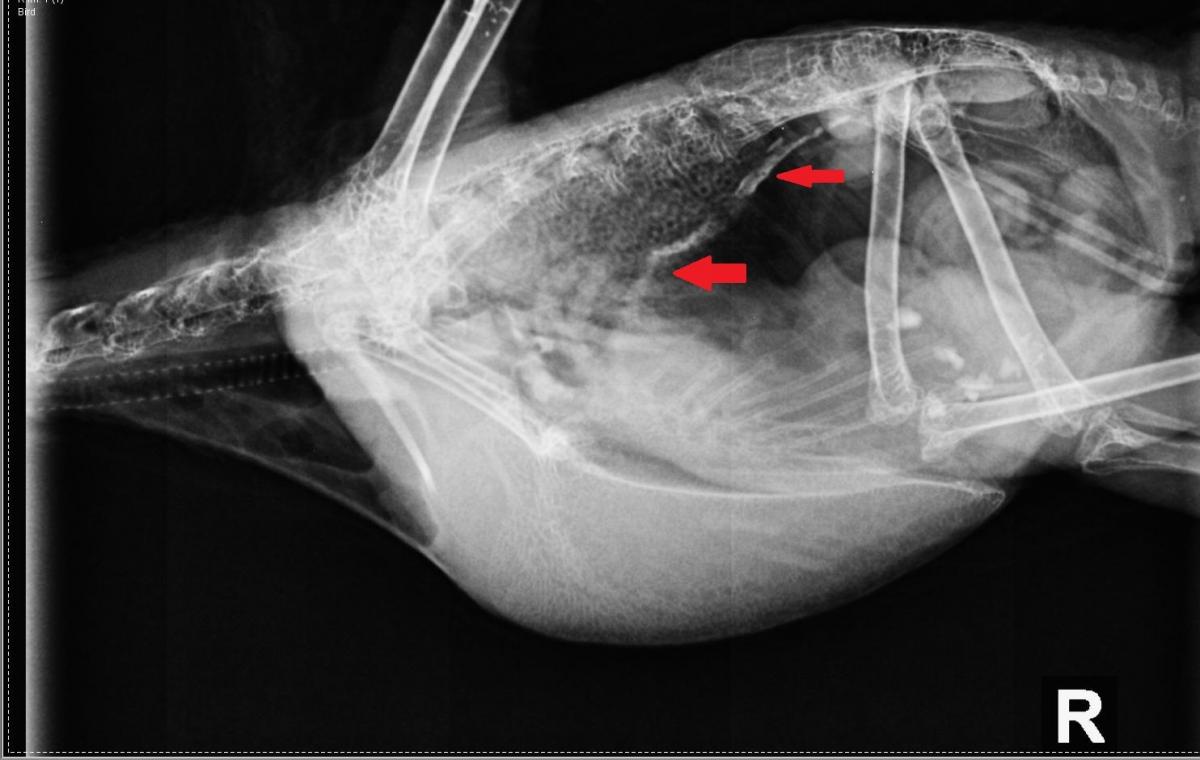Atherosclerosis in Birds
 What is it and what causes it?
What is it and what causes it?
Atherosclerosis is the accumulation of plaques (fats, cholesterol, and inflammatory cells) within the arteries. The buildup of these plaques can limit the amount of blood flow throughout the body. Unfortunately, the cause of atherosclerosis is still poorly understood. Suggested risk factors include fatty diet (seed based), increased cholesterol, inactivity, infectious/inflammatory conditions and stress.
What are the clinical signs?
Clinical signs can vary in different individuals. In some cases, only non-specific signs such as lethargy/decreased activity, reduced appetite, weakness, and behavior changes. Other signs can include increased respiratory rate / effort, open mouth breathing, exercise intolerance, periods of disorientation, and sometimes falling of perches. However, unfortunately in some instances sudden death is the only symptom seen.
What should you do if you are concerned about your bird?
In some cases, diagnostic imaging is helpful for diagnosing this disease. On the image to the right, the aorta (the vessel that provides most of the body’s vital blood flow) is calcified and easy to see as denoted by the red arrows. An examination by a qualified veterinarian is needed to determine the underlying cause of any problems you notice, make recommendations for diagnostics (bloodwork, blood pressure measurement, imaging), and appropriate treatment. In some cases, we are able to identify calcification of the blood vessels on radiographs (x-ray).

